In today’s digital world, children are becoming social media stars even before they can spell their own names. Known as “kidfluencers,” these child influencers are everywhere — reviewing toys on YouTube, dancing on TikTok, or modeling clothes on Instagram. While many parents and followers see this as fun and harmless, there’s a darker side to kidfluencing that people often ignore.
Let’s take a closer look at the hidden risks, pressures, and problems that come with turning kids into influencers online.
What Is Kidfluencing?
Kidfluencing is when children, usually under 13, create content for social media platforms and gain a large following. Most of the time, their content is managed or even fully created by their parents. Brands often pay these kidfluencers to promote products, making it a source of income for the family.
While this might sound like a fun hobby or business opportunity, it’s not always safe or healthy — especially for young minds.
The Pressure to Perform
One of the major issues with kidfluencing is the pressure it puts on children. These kids may be forced to smile, perform, or act on camera even when they don’t feel like it. What starts as play can quickly turn into a full-time job.
Many children might not even understand what they’re doing. They don’t know the difference between real life and the “likes” or comments they get online. If a video doesn’t do well, parents or content managers might push them to do more or try harder, which creates emotional stress.
Key Problem:
Children are not trained professionals, yet they are expected to behave like adult entertainers.
Privacy Invasion
Another big concern is the loss of privacy. From the moment their content goes online, these kids no longer have control over their image or identity. Their everyday lives — birthdays, meals, school routines — are shared with millions of strangers.
Example:
A child may wake up to find their baby pictures or personal videos turned into memes or used without permission. This can lead to bullying or unwanted attention.
Exploitation by Parents
In many cases, it’s the parents who manage the accounts, sign brand deals, and collect the money. But do the kids get any share? Sadly, in most countries, there are no strong laws to protect child influencers’ earnings.
Some parents see their child’s popularity as a chance to become rich and famous themselves. They may force their children to continue making videos even when the child wants to stop.
Keyword Focus: child influencer abuse, exploitation in kidfluencing

Mental Health Effects
Just like adult influencers, kidfluencers face online hate, comparison, and anxiety. But unlike adults, children don’t know how to deal with negative comments or rejection.
This can lead to:
- Low self-esteem
- Anxiety or depression
- Body image issues
- Addiction to validation and attention
Also, constantly being online can make kids lose interest in school, sports, and real friendships.
No Legal Protection in Most Places
In traditional film and television, there are strict labor laws that protect child actors. They must attend school, can only work a limited number of hours, and receive part of their earnings.
But when it comes to YouTube or TikTok influencers, many of these laws don’t apply. Since most kidfluencers are technically “at home” and not working on a set, parents can get around child labor rules.
Some countries like France have started to create laws to protect children in influencer marketing, but many others still lag behind.
Examples from Real Life
Several kidfluencers have opened up as they got older, saying they felt used or lost their childhood. Some even say they were never asked if they wanted to be filmed. The long-term effects of growing up in front of a camera are still being studied, but early signs show that it’s not always positive.
Notable case:
Former YouTube stars like the children from “DaddyOFive” faced emotional distress after their parents used them in controversial prank videos. The channel was eventually taken down, and the children were placed in protective custody.
Are All Kidfluencers at Risk?
Not every child influencer is being exploited. Some parents are responsible and keep content creation fun and light. They save money for their child’s future and never force them to work.
However, without clear rules or laws, it’s hard to tell which accounts are ethical and which are not. Even well-meaning parents might not realize the long-term impact of posting every moment of their child’s life online.
What Can Be Done?
1. Create Stronger Laws
Governments need to update child labor and privacy laws for the digital age.
2. Parental Responsibility
Parents must prioritize their child’s happiness and privacy over internet fame.
3. Earnings Protection
A fixed percentage of all income earned from content should be legally saved for the child.
4. Limit Screen Time
Kids need to play, study, and grow offline too. Balance is important.
5. Educate the Audience
As viewers, we should be aware of what goes into creating content — and not support channels that clearly exploit kids.
Final Thoughts
Kidfluencing might look cute and fun, but behind the screen, many children are under stress, losing their privacy, and even being exploited. It’s important for society to protect these young creators from the dark side of fame.
As the digital world continues to grow, we must ask ourselves: Are we supporting entertainment or silently allowing child exploitation?
Let’s make sure the internet becomes a safe space for everyone — especially for the little ones who can’t protect themselves yet.

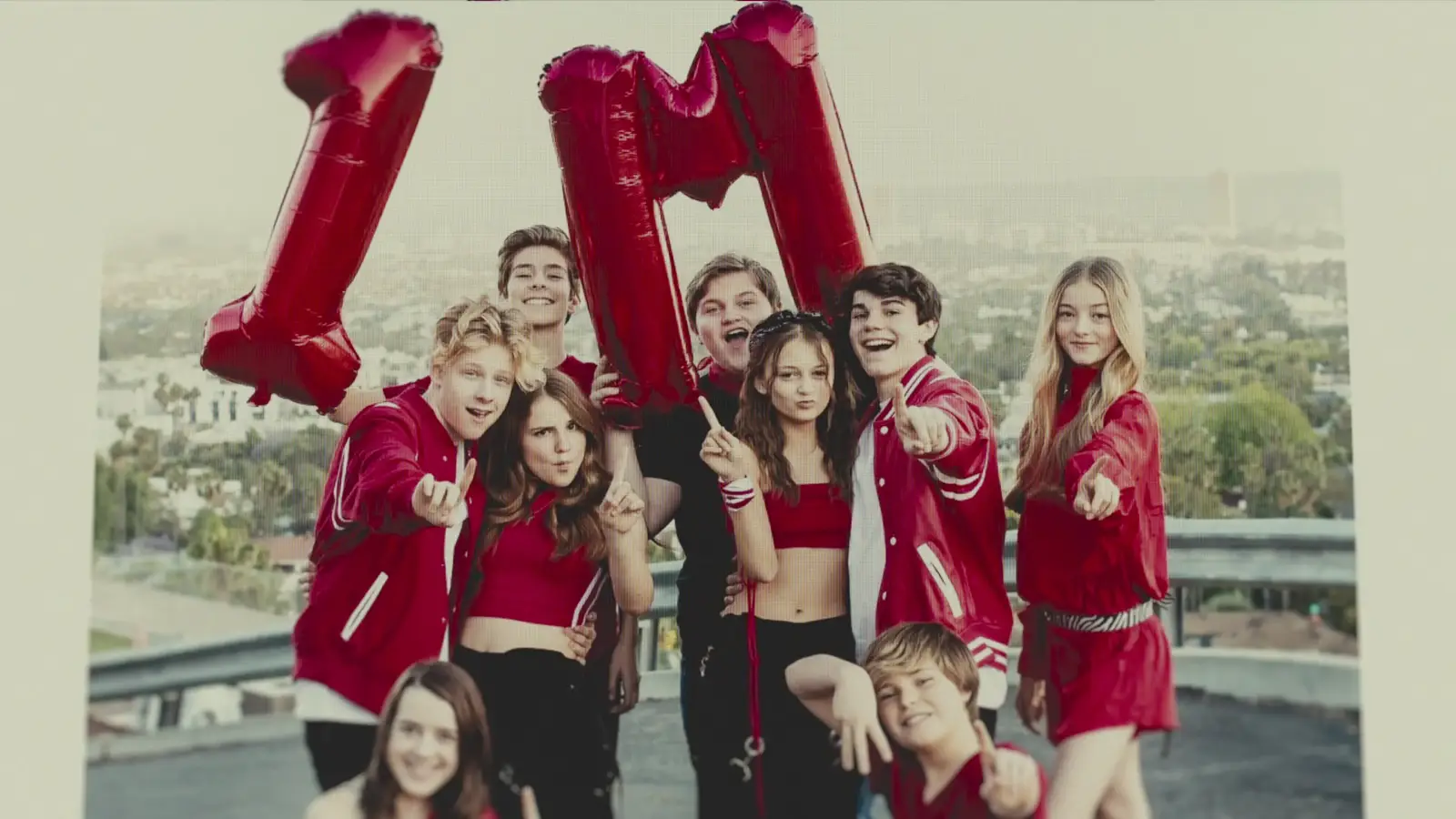








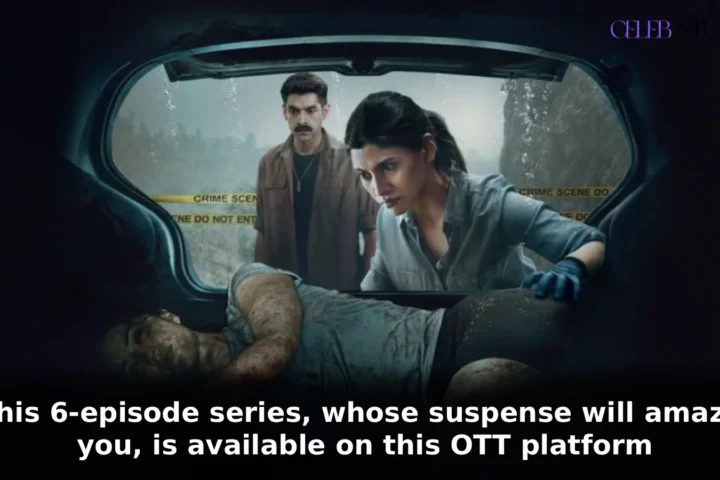
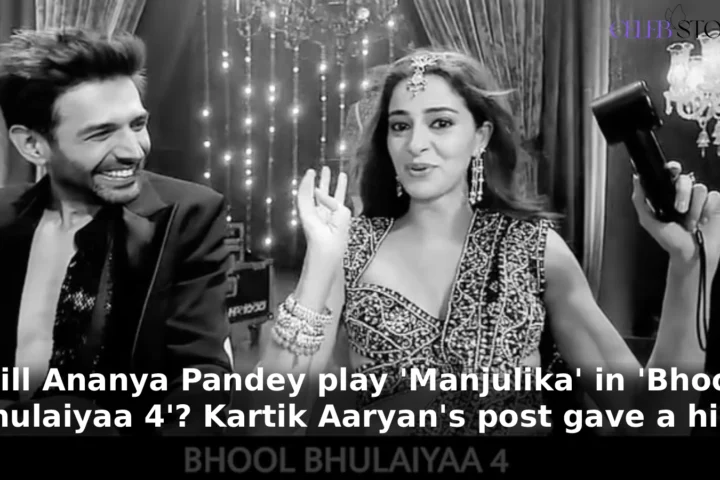
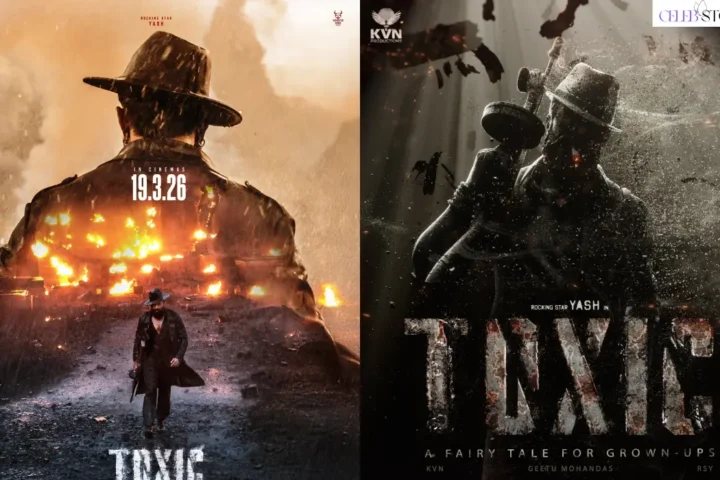
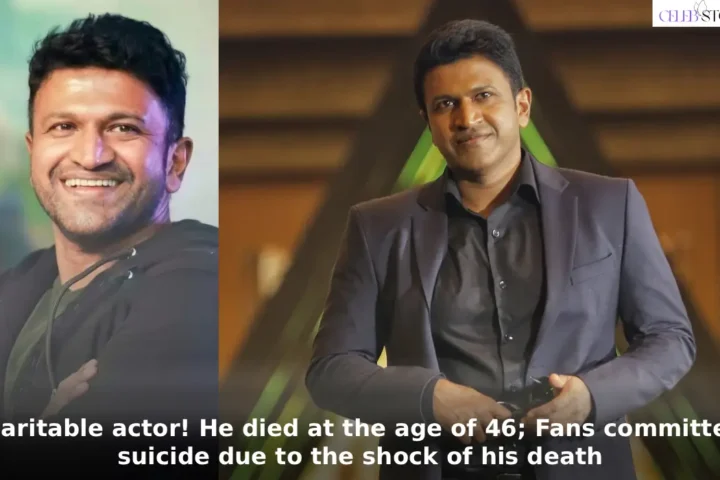
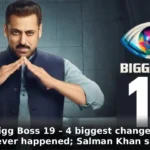

Leave feedback about this